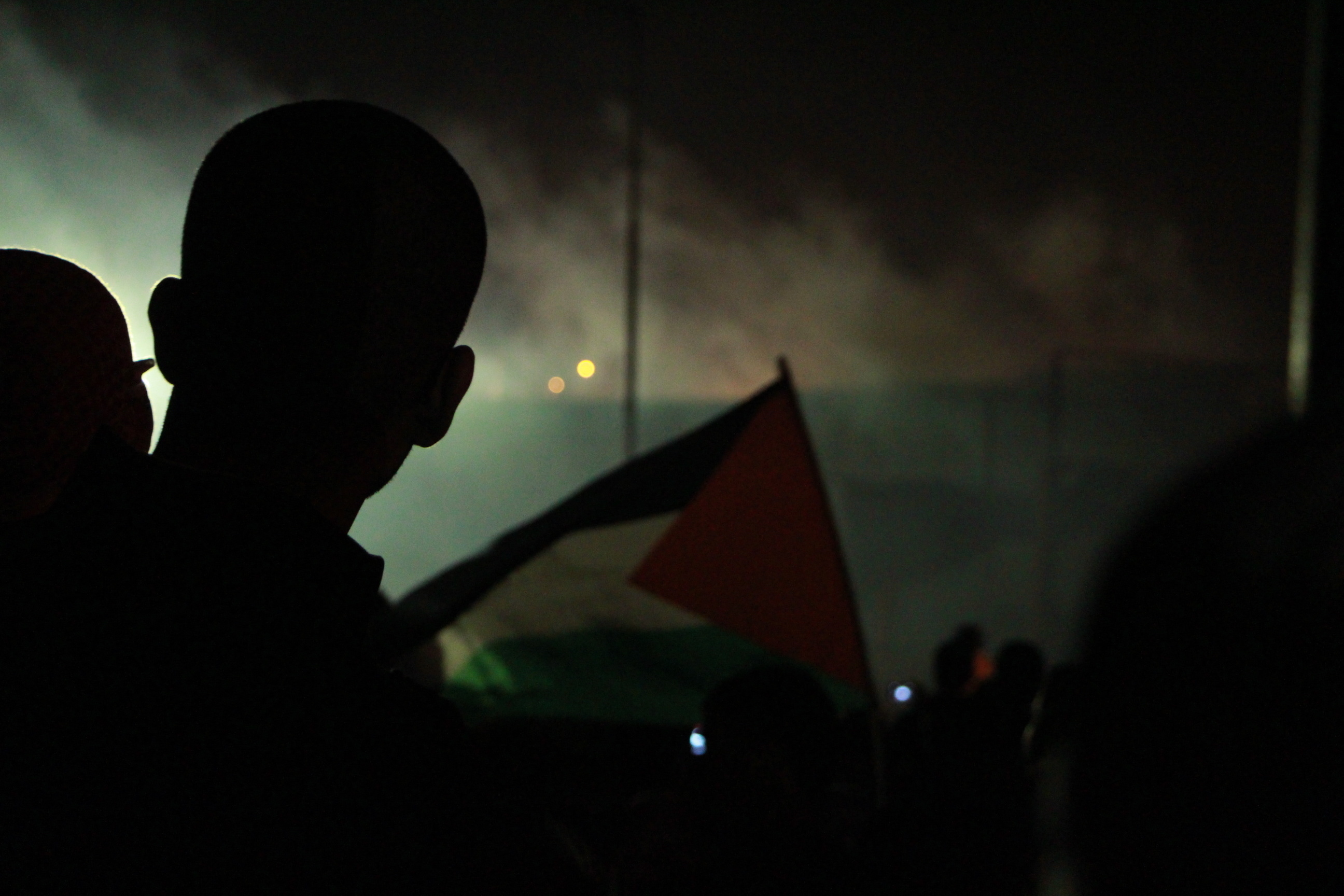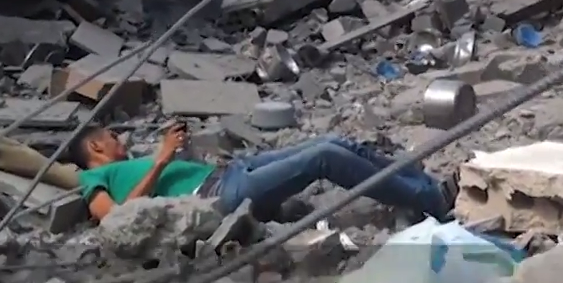Tag: Murder
-
Walking to Qalandia
25th July 2014 | International Solidarity Movement | Qalandia, Occupied Palestine We began walking in a crowd, full of men, women, and children. I couldn’t began to estimate how many people were gathered, at least 10,000. The mood was cheerful, people were singing, clapping, holding banners, and waving many Palestinian flags. Cars were driving alongside us…
-
Video of Israeli sniper killing wounded civilian
21st July 2014 | International Solidarity Movement | Gaza, Occupied Palestine See Update here Yesterday, international and Palestinian volunteers accompanied Civil Defence and other rescue crews, as well as family members, into Shajiya neighbourhood in Gaza. They attempted to locate survivors of overnight and ongoing shelling by the Israeli army. A young Palestinian man in a…
-
‘Death Zone’ in Shajiya
20th July 2014 | Rina Andolini | Gaza, Occupied Palestine There was a ceasefire today for 3 hours – so some of us internationals went to the area which I refer to as the ‘Death Zone’ – Shajiya, we went to see if we could help with the masses of injured amongst the rubble. The Death…



